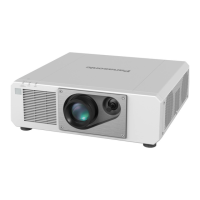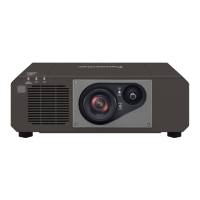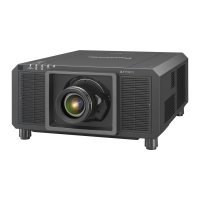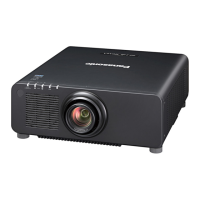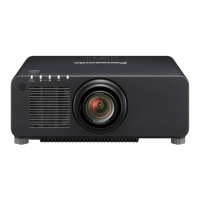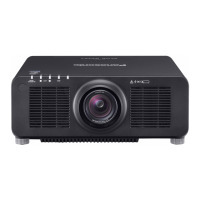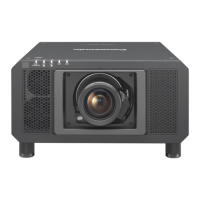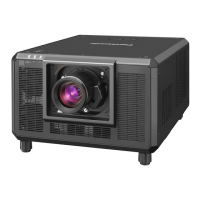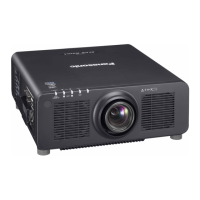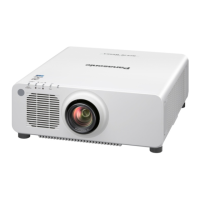Thank you for purchasing this Panasonic product.
■ This manual is common to all the models regardless of sufxes of the Model No.
z
for Taiwan
BT: Black model WT: White model
z
for India
BD: Black model WD: White model
z
for Asia (except for Taiwan, India, Korea) / Oceania / Africa
BA: Black model WA: White model
B: Black model W: White model
z
for other countries or regions
B: Black model W: White model
■ Before operating this product, please read the instructions carefully and save this manual
for future use.
■ Before using this product, be sure to read “Read this rst!” (
x
pages 5 to 13).
TQBJ0945-1
DLP™ Projector
Commercial Use
Operating Instructions
Functional Manual
ENGLISH
Model No.
PT-RZ570
